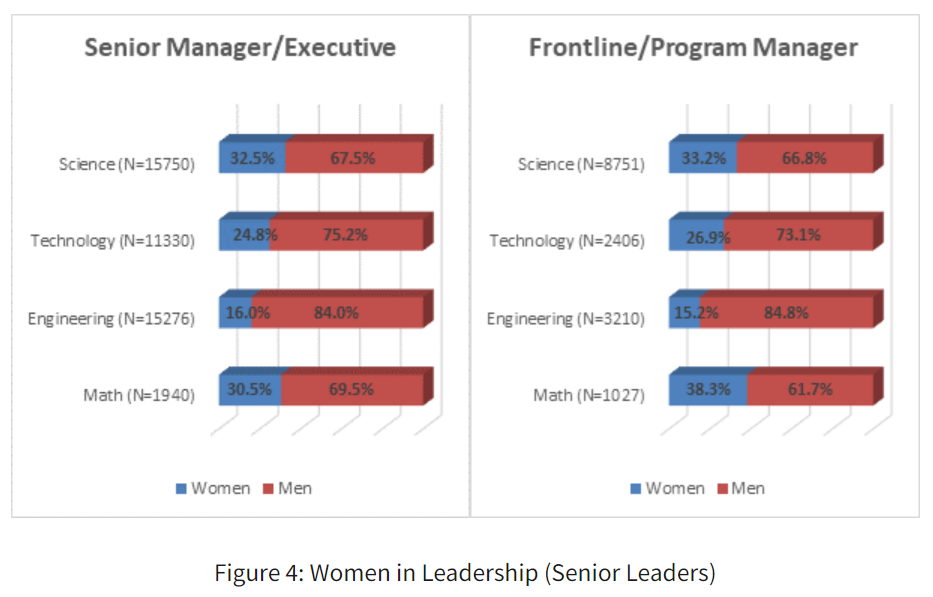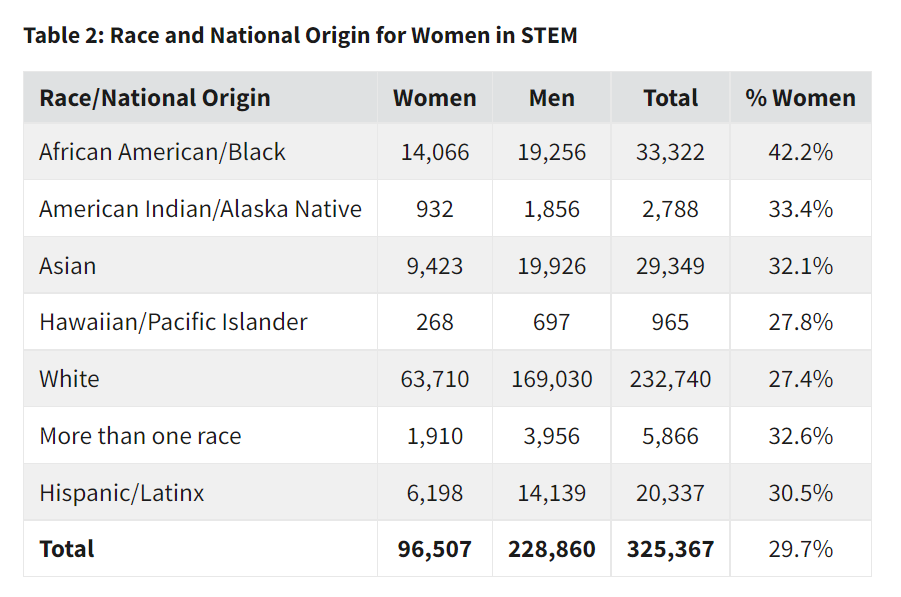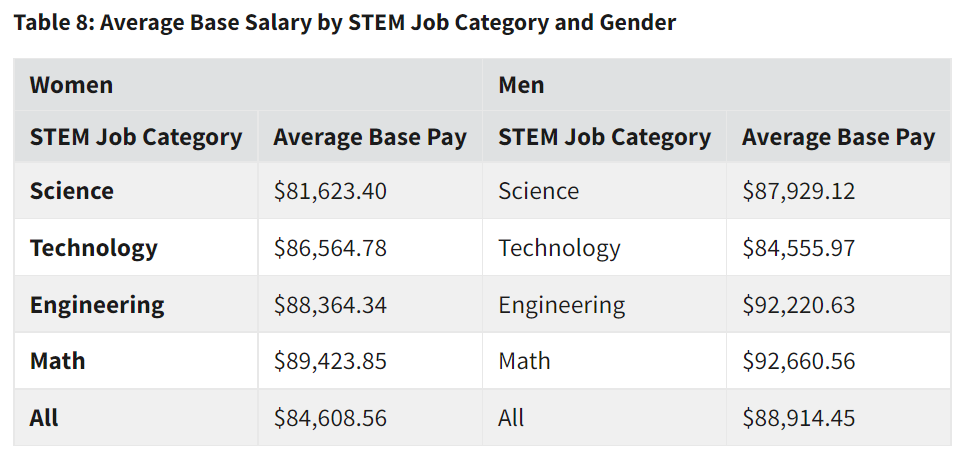
Less than a third of federal STEM employees are women
EEOC reports that women make up about 29.3% of the federal STEM workforce, and recommends a few ways agencies can mediate the disparity.
Best listening experience is on Chrome, Firefox or Safari. Subscribe to Federal Drive’s daily audio interviews on Apple Podcasts or PodcastOne.
Among efforts to increase diversity, equity, inclusion and accessibility in the federal workforce, women still fall significantly behind in representation for agencies’ science, technology, engineering and math (STEM) roles.
Women comprised just 29.3% of federal STEM workers, the Equal Employment Opportunity Commission reported on July 13. The statistic was based on data from fiscal 2019, the most recent information available.
The number was just ahead of STEM workers nationwide. Data from the Census Bureau showed that women made up about 27% of the overall STEM workforce in the U.S.
Many groups have conducted research on women in STEM for the private sector, but for federal agencies, the reporting is much more limited, EEOC said. In an effort to add more to the conversation specifically for STEM in the federal government, EEOC’s report offered analysis based not only on gender, but also race, age, rates of discrimination and more.
“There were significantly fewer women in technology and engineering than we expected. Clearly, the federal government shares the same challenges as the private sector in improving representation of women in STEM occupations,” Carlton Hadden, director of EEOC’s Office of Federal Operations, said in a July 13 statement.
Within each federal STEM field, the breakdown of women was more uneven. Science roles at agencies, for example, had the most women.
“There were significantly fewer women in technology and engineering than expected,” EEOC said in its data report. “Women are about 40% less likely to work in engineering, while being 33% more likely to work in math and nearly 92% more likely to work in science than those working in technology jobs.”
Women were even further behind in STEM leadership roles, accounting for just 25.9% of those positions in the federal sector. In numbers, that’s 16,454 women in senior STEM roles, compared with 47,167 men.

Out of all the women in federal STEM roles, about two-thirds, or 66%, were white. In comparison, 14.58% were Black, 9.76% Asian, 6.42% Hispanic or Latinx, 0.97% American Indian or Alaska Native and 0.28% Hawaiian or Pacific Islander. The table below shows the ratio of women to men across multiple race and ethnicity groups for STEM positions in the government:

The average salaries for women in STEM roles were also, on average, lower than those for men in the same roles at federal agencies. Although gender and racial wage gaps exist in every sector of the workforce, the separation was particularly pronounced in STEM fields, EEOC said. The largest pay gap in federal STEM jobs was in science fields.
“Examining employee pay offers some interesting information relevant to the value federal agencies place on their ability to recruit and retain female STEM workers. The average difference in pay between men and women is about $4,305.90 per year, which is a significant difference,” EEOC said.

Additionally, individuals with disabilities comprised about 10.7% of women working in federal STEM jobs.
“More women with disabilities are needed within science, engineering and math occupations, since only the participation of women with disabilities in technology met the 12% goal threshold for the federal workforce. None of the occupations met the 2% goal,” EEOC said.
The report also examined rates of complaints about harassment in the workplace. About half of women in STEM positions said they have experienced gender-based harassment at work, compared with 41% of women in non-STEM fields. But the type of harassment that many women in federal STEM jobs experience was somewhat unexpected.
“While sexual harassment is often perceived as the most common issue women face in the workplace, the data shows that generalized harassment was actually a larger issue in FY 2019,” EEOC said. “In total, female federal employees filed 1,986 complaints due to generalized harassment, compared to 358 complaints for sexual harassment.”
For agencies to work toward closing the gender and racial gaps in STEM fields, a lot of the efforts should start early on, EEOC said.
“The pipeline into STEM careers begins to leak as early as high school and college,” the agency said. “Despite a reversal in the gender gap in terms of undergraduate enrollment, women still enroll in STEM majors at lower rates than their male counterparts.”
Breaking down the statistic further, women in minority ethnic groups were even less likely to have access to the necessary high school math and science courses needed to eventually earn a degree in a STEM field.
Despite the challenges, agencies can use the information from EEOC to make changes, especially for recruiting more women to technology and engineering jobs. For example, the commission said agencies should develop recruitment plans to encourage more women in STEM federal jobs, and particularly target women from historically underrepresented racial and ethnic backgrounds.
EEOC also said agencies should create leadership development programs to encourage more women to take on STEM leadership roles, and help prepare them for those positions.
The recommendations aligned with elements of the executive order from June 2021, focused on making improvements to DEIA in the federal workforce.
Wendy Doernberg, an attorney advisor at EEOC’s Office of Federal Operations, said her office is largely focused on improving data collection and preventing harassment at agencies.
“Although EEOC has tried to get agencies to focus on a whole-of-agency approach, I think this executive order really emphasizes that,” she said at a Federal Mediation and Conciliation Service conference on July 12. “I’m hoping that will be something that we’ll see more from agencies.”
Copyright © 2024 Federal News Network. All rights reserved. This website is not intended for users located within the European Economic Area.
Drew Friedman is a workforce, pay and benefits reporter for Federal News Network.
Follow @dfriedmanWFED




